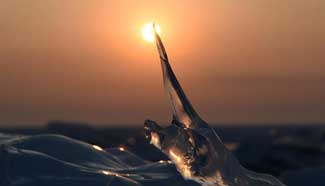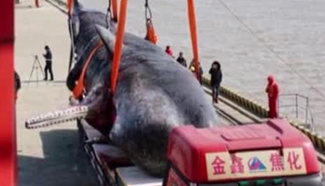LONDON, Feb. 16 (Xinhua) -- A recent study showed that high levels of industrial chemicals reached the deepest sea habitats and were found in tiny marine animals.
The research results proved that concentrations of persistent organic pollutants (POPs) in endemic amphipods were higher than baseline levels, even if these creatures live in oceanic trenches at depths ranging from 7,000 to 10,000 meters.
Researchers took samples in the Mariana Trench in the west Pacific Ocean and the Kermadec Trench near the northeastern tip of New Zealand.
As these two trenches are many miles away from any industrial source and considered as pristine environments, the tiny scavengers collected there have a fifty-times greater concentration of two key POPs than crabs from highly polluted area.
The two key POPs are polychlorinated biphenyls used as dielectric fluid, and polybrominated biphenyl ethers used as flame retardants, according to the research team.
Although with decades of regulation and growing consciousness on environment protection, the research proved that "pollutants are pervasive across the world's oceans and to full ocean depth."
Alan Jamieson, who led the research, warned that "what we dump at the bottom of the sea will one day come back up in some form or another."
The findings are crucial for future monitoring and management of these unique environments, said the Nature journal.
Published on Monday in the prestigious scientific journal, the study was conducted by a team of scientists from British scientific research institutes and universities.












